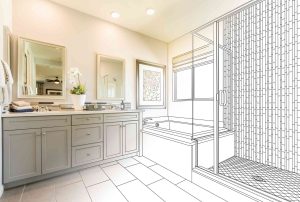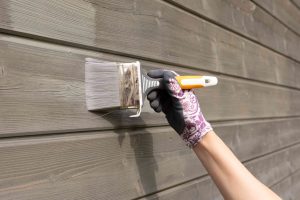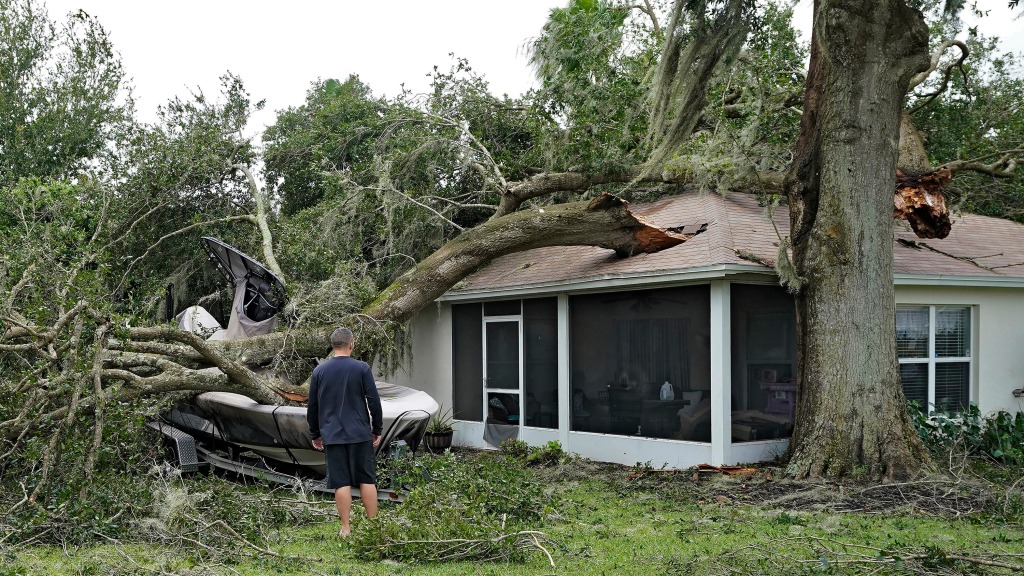Get ready, Orlando, Gainesville, Lakeland, Tallahassee, Sanford, Ocala, and many other Florida cities.
Homeowners throughout the state are now eligible to apply for up to $10,000 in state funding to protect your home from damaging hurricane winds. The program provides $2 for every $1 you spend to replace roofs, garage doors, exterior doors (such as front doors, doors leading from garages or sliding glass doors), and — for homes without storm shutters — old-style windows.
Gov. Ron DeSantis last week signed a measure that adds $100 million to the My Safe Florida Home program and expands it across the state beginning July 1. Previously, the program was only available to homes within the “wind-borne debris region,” which included most of the state’s southern region and land within a mile from the coast in the upper parts of the state.
Now, instead of funding 11,500 grants of $10,000 each, the program will be able to fund another 10,000 grants.
To begin the application process, go to mysafeflhome.com or call 1-866-513-6734.
Damage from hurricanes Ian and Nicole that spread across the state last year woke up legislators to the fact that no home in Florida is safe.
Meanwhile, one of the program’s earliest applicants said he has already received $10,000 reimbursement to offset money he spent to replace his home’s jalousie windows with hard, shatter-proof wind-resistant windows.
Jeff Torrey, a Deerfield Beach resident, received his check on May 30, two weeks after submitting required paperwork that included proof that he had paid his contractor in full for work done in early April.
Torrey first applied for the program as soon as it began accepting applications in late November.
“It’s kind of reasonable — the amount of time it took,” Torrey said on Monday. After his work was completed and he secured a follow-up inspection, “it took only 13 days to get approved and the check went out two or three days later.”
Before applying, homeowners should make sure that their homes are eligible for the program. Requirements include:
- You must own the home and live in it. You will have to provide a copy of a tax bill stating that your home qualifies for a homestead exemption.
- You must be purchasing homeowner insurance on the property and submit a bill showing that your coverage is in effect.
- Your insurance policy must show that the home has an insured value of $700,000 or less. This is one of the changes that will take effect on July 1. Previously, the program was available only to homes with insured values of $500,000 or less.
- The initial building construction permit for the home must have been issued prior to Jan. 1, 2008.
And several important requirements must be met during the process to guarantee reimbursement eligibility.
For example, only contractors who have signed up to participate with the program can be used. These contractors can be found on a list that will be sent to homeowners after their inspection clears them to move forward.
Homeowners must agree to two free inspections by contractors funded by the state. One will take place at the beginning of the application process to identify what improvements will qualify for the $10,000. Another will take place after the work has been completed to verify that it was done.
Homeowners must ensure their contractors are paid in full before seeking the $10,000 reimbursement. This can be tricky for homeowners without excess funds, but several contractors say they can help homeowners qualify for up to 18 months of financing at zero percent interest. If you require such help, speak with your contractor before signing a work order.
In addition, homeowners must ensure that their contractor obtained required permits from local government building inspectors, and, after work is complete, that all required inspections have taken place and those permits have been closed out.
Other changes
Applicants that the program initially classified as “low income” will be eligible for up to $10,000 with no required match rather than just $5,000.
State law defines “low-income” households as earning a total annual adjusted gross income not exceeding 80% of the median annual adjusted gross income for the state, metropolitan statistical area or county, whichever is greater.
Also, the program will be available to owners of townhouses — except for roofs — as well as single-family homes. However, it is not available to owners of condominiums.
Torrey said he’s happy with the experience, especially that it took about six months between his initial application and getting his $10,000 check.
“Really, there were no snags,” he said. “I think people would be crazy not to take advantage of this program.”
Ron Hurtibise covers business and consumer issues for the South Florida Sun Sentinel. He can be reached by phone at 954-356-4071, on Twitter @ronhurtibise or by email at [email protected].
Read the full article here














